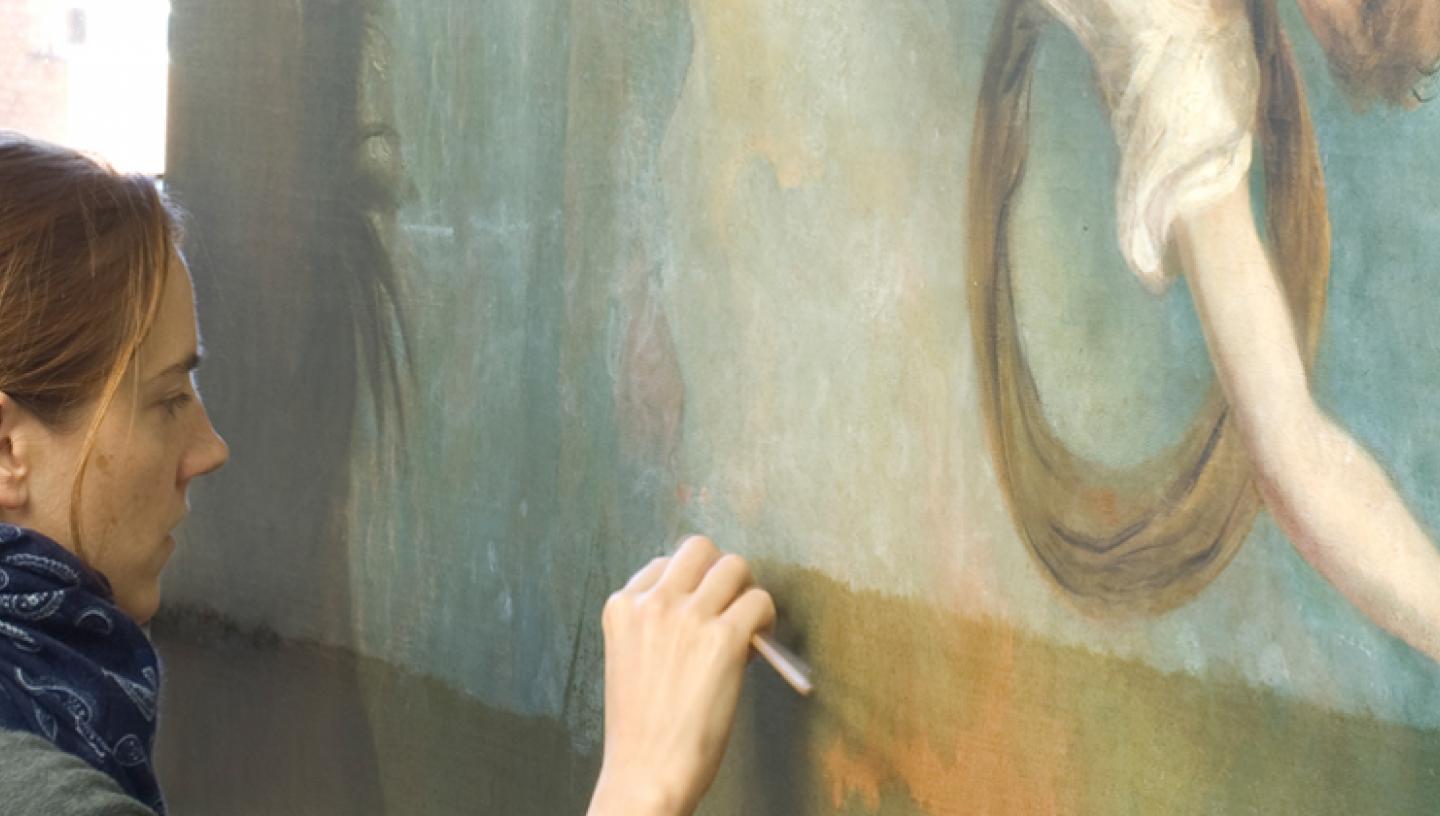
Essential Information
| Location |
National Maritime Museum
|
|---|---|
26 Oct 2016
We're busy getting ready for the opening of our major Emma Hamilton: Seduction and Celebrity exhibition on 3 November. Paintings Conservator, Sarah Maisey, has been preparing one mysterious portrait for display. We go behind the scenes of her work.
One of the more mysterious paintings in Emma Hamilton: Seduction and Celebrity is this full size 19th century portrait of Horatia Nelson, Emma Hamilton and Nelson’s illegitimate daughter. There is no signature and the artist is unknown. However it may well be the work of the artist Isaac Pocock (the eldest son of the more famous marine artist Nicholas Pocock) who is likely to have had connections with the Nelson family. The circumstances surrounding the commissioning of this painting are also unclear. It could have been painted after Emma’s death in 1815, when Horatia returned to the care of the Nelson family. Yet Horatia would have been 14 or 15 at this point, seemingly older than the girl in the portrait. Moreover her pose relates to that of her mother in a 1792 portrait by French painter, Elisabeth-Louise Vigée Le Brun, which shows Emma as a Bacchante. This would suggest that the portrait was commissioned by Emma herself, although how in her destitute situation she could have afforded this is not clear.
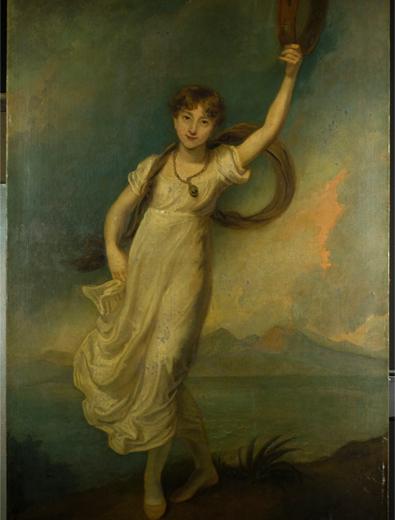
When I first looked at this painting in 2014, it was incredibly dark due to a combination of surface dirt and a heavily oxidised natural resin varnish layer. Moreover it had suffered from previous attempts at restoration, which may have happened as far back as the nineteenth century. The surface had evidently been cleaned with something abrasive, leaving areas of the white ground, and in some areas even the bare canvas threads, visible. Some attempt had been made to mask the worst of this damage with oil overpaint. When this was first applied it probably did a reasonably good job of masking the worst of the abraded areas, but over time this later oil paint had disproportionately darkened and attracted a considerable amount of dirt giving it a greyish appearance.
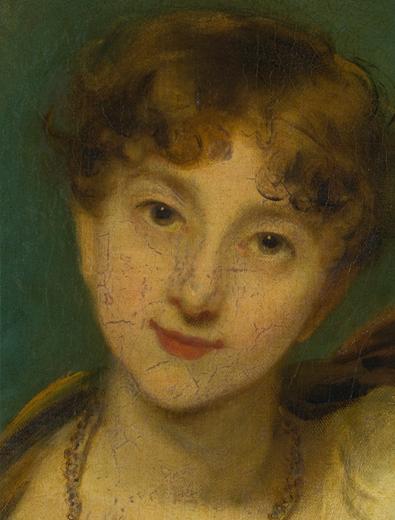
I removed the dirt with a gentle, pH buffered, aqueous cleaning solution and after careful testing I removed the varnish with a solvent mix that would not affect the paint layer.
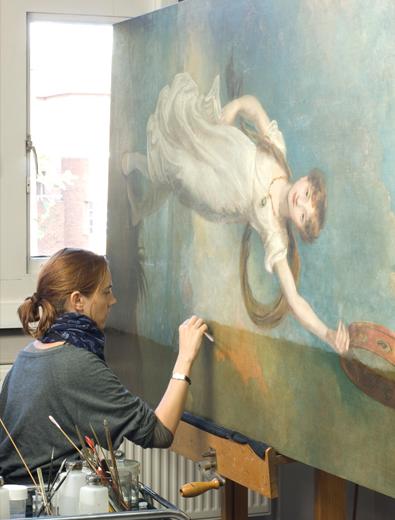
Unfortunately I was not able to remove the darkened oil overpaint with the solvent mix, which stood out even more once the varnish had come off.
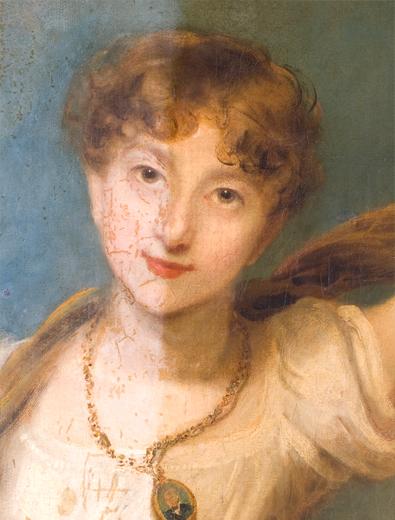
After extensive testing and experimentation, I used a new method for cleaning with a specially formulated gelled mixture which could be precisely painted on to the overpaint, left for a short period to work, and then removed without affecting the original paint. This was a time consuming process, but it was definitely worthwhile. When the overpaint was taken off it was clear that in many instances it had been applied much more extensively that it needed to be, covering areas of relatively undamaged original paint as well as the more damaged and worn areas.
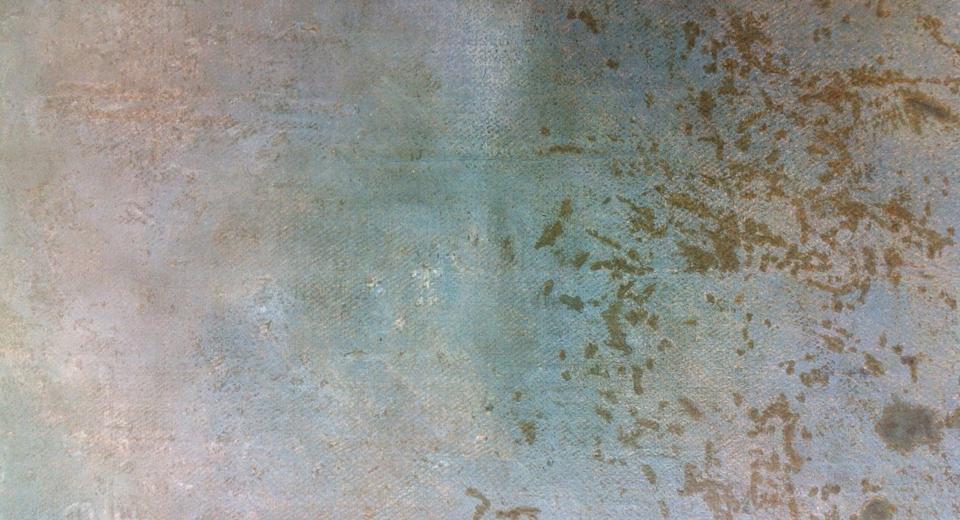
After cleaning was complete, I applied a new layer of a synthetic resin varnish, before retouching the damage to the painting with a paint made from the same resin mixed with powdered pigment. Because the resin used is stable and reversible, it should not change colour, and future conservators should easily be able to remove it should they so wish. I didn’t attempt to retouch all of the tiny losses and abrasions to the paint layer as I wanted my interventions to be as minimal as possible.
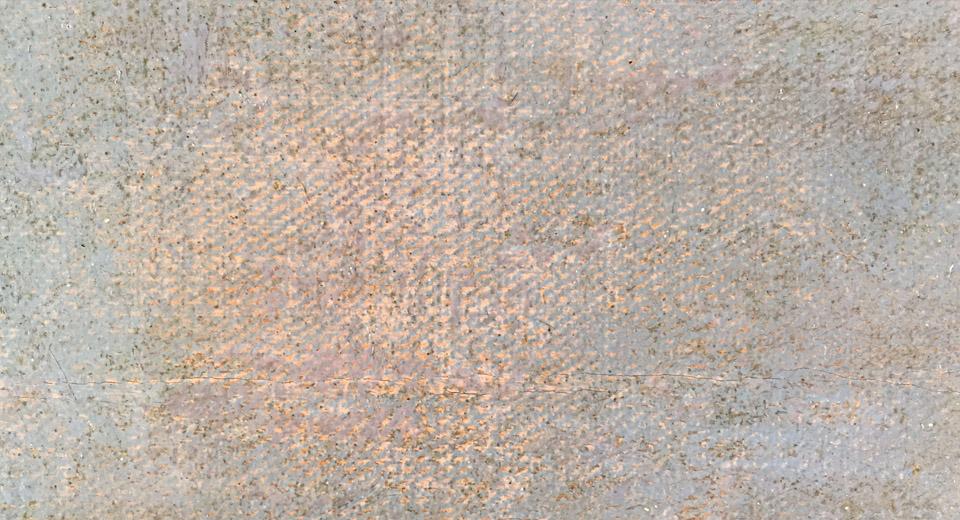
Instead I concentrated on the damages that were most visually distracting. This, I hope, will let viewers appreciate the painting once more whilst at the same time, making its true state and history as apparent as possible.
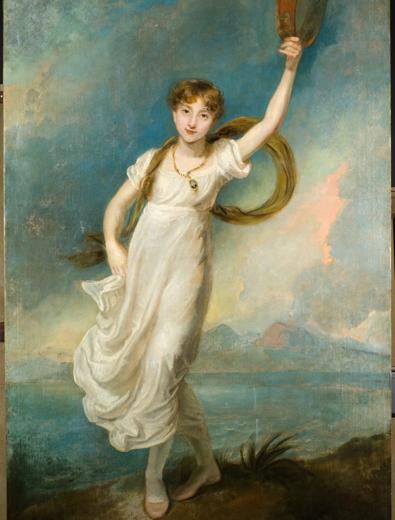
Having the chance to carry out treatments like this is definitely one of the most satisfying aspects of my job. It’s wonderful to see a painting that’s become so dark and obscured gradually coming back to life. Nevertheless the painting is old and damaged and I didn’t want to hide that fact. My job isn’t like that of a person that airbrushes photographs of magazine models to make them look flawless. To retouch every minor loss and abrasion on a painting like this would make it overly artificial. Instead I wanted to do just enough to bring back a clear sense of what the painting once was, and the young girl it portrays.
If you want to find out more about my approach to the conservation of this painting, join us on 17 November at our Emma Hamilton: Seduction and Celebrity Late
The historic frame for the painting was also treated in the conservation department – look out for a blog on the frame treatment coming soon!